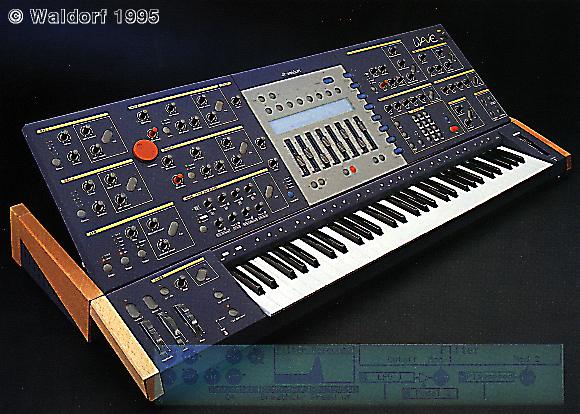Yeah your right, I just have to much midi on the mind. I wish my brain was midi controlled!
Les I like what your doing with your studio, seems like an ideal place for a guitar player to record some really sick guitar tracks. I'm sure you can easily record anything, but at first glance I'd a guitar player runs the place

Not to feel bad.
Back in the days when computers handled the MIDI but weren't powerful enough handle the audio, I recorded MIDI with a computer synced to analog open-reel machines via SMPTE Time Code, which the computer would translate to Midi Time Code so that it could follow the tape. The open-reel machines were synced to a 3/4 inch video machine via SMPTE as well. I also had three digital 8 tracks synced via SMPTE.
All of my rack gear and synths were controlled from the computer via MIDI, including patch lists and patch changes. So when I pulled up a project, all the patches in every piece of rack gear and all my synths would immediately change to the ones I needed for that project. At the time, having a studio for the work I did meant three 20-space racks of MIDI gear alone. Plus I had MIDI gear in the recording booth for the guitar rack. I could control that and pull up the patches from the computer, too.
Back then you literally had to type the name of every patch the hardware had, into a program called "FreeMIDI" if you ran the DAW I used, Performer. So the first thing I did when I got a new piece of gear was do that. There was also a MIDI matrix for the MIDI interfaces; I had to use three MIDI interfaces ganged together to handle all the MIDI gear I had. You would tell the interface in the software which MIDI signals each machine needed to listen to, and figure out the MIDI protocol for every machine, which was different, including their patch numbering system, and did you need an LSB (least significant bit) instruction, etc.
So in its heyday, when I pressed "Play" on the video machine with the picture I was scoring, The video, 24 channels of analog tape, 24 channels of digital tape/hard disk (I was an early adopter of dedicated hard disk recording, 8 channels, $21,000, but you could edit it without a razor blade!!), and all of my MIDI gear would start playing back at the same time. I had to run about ten seconds of "preroll" so all the machines could catch up to one another and lock up to picture. The analog machines had to have a special dedicated hardware SMPTE synchronizer in order to play in sync, along with a special card in each machine.
This was by the early 90s, maybe 1992-3 or so.
But I got into MIDI the year they came out with the MIDI spec on the DX7 and the D-50, so maybe 1986-7ish? Anyway, I've been into MIDI control of various gadgets for what, nearly 30 years, give or take...and had to read several books on the subject in the early days, because even though there was a specification for MIDI, different manufacturers implemented it differently.
MIDI is something I actually know a lot about!
I'm going to guess you're younger, and if so, you're lucky! It's actually easier now.


